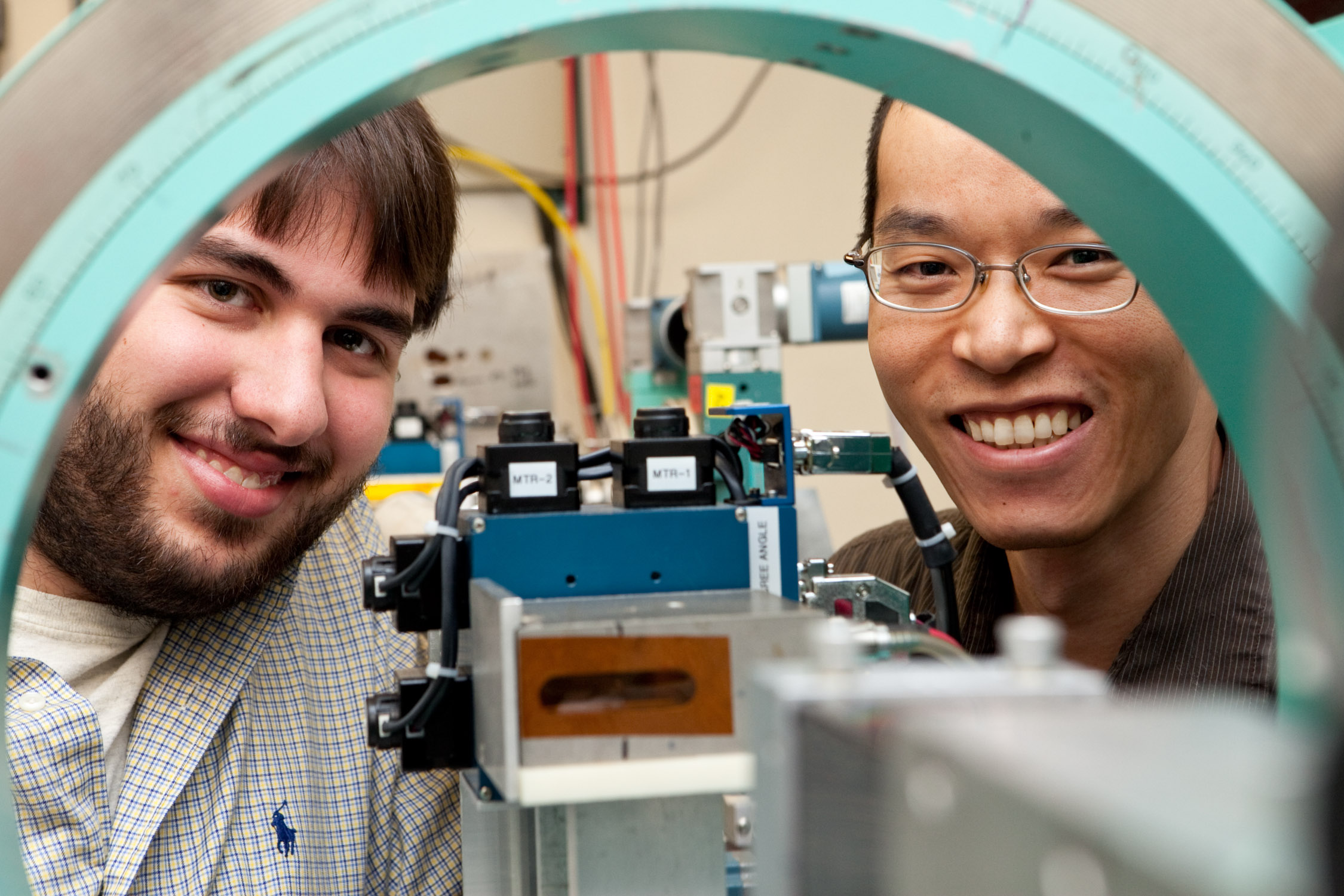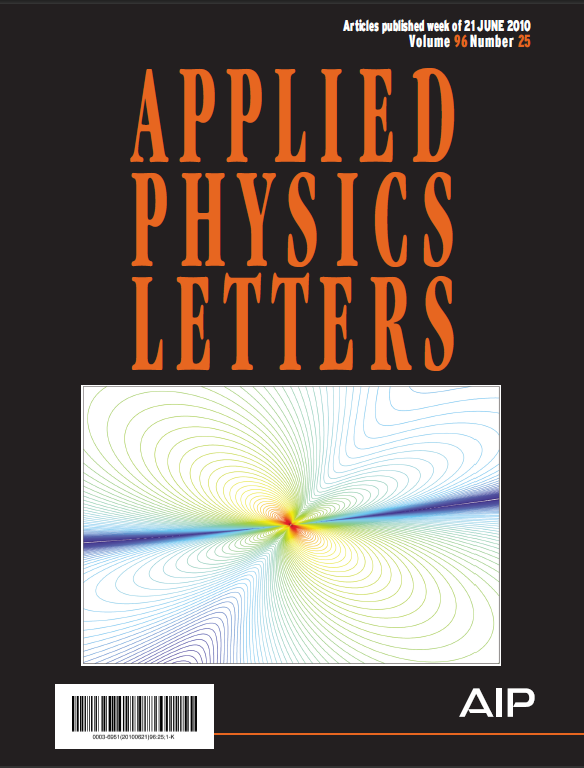X-RAY RUNS: Apply for Beamtime
2017 Nov 1 - Dec 21
2018 Feb 7 - Apr 3
2018 Proposal/BTR deadline: 12/1/17
2018 Apr 11 - Jun 4
2018 Proposal/BTR deadline: 2/1/18
By Ernie Fontes - August 25, 2010
New types and applications of thin film technologies are creating revolutions in electronic, optical, and spintronic devices. Thin films range in thickness from single layers of atoms or molecules to microns-thick coatings. Ongoing R&D is pushing thin film technologies into computer memory, pharmaceuticals (potential drug delivery), batteries, dye-sensitized solar cells, and ceramic coatings to protect substrates against corrosion, oxidation and wear. Commercially, the use of hard coatings on cutting tools can extend their life by several orders of magnitude. A rich variety of examples can be drawn from high-performance optical coatings, such as antireflective coatings on eyeglasses, which are typically enhanced by engineering multiple layers having varying thicknesses and refractive indices, or, in the extreme, periodic structures of alternating thin film superlattices that cause quantum confinement by restricting electronic motion to two dimensions.
Recently, new classes of thin film inorganic oxide materials, called amorphous heavy-metal cation multicomponent oxides, are being tested to make transparent transistors that are inexpensive, stable, and environmentally benign. One of the difficulties in fabricating these devices is the inevitable mismatch between the lattice spacing of the thin film and that of the substrate on which the film is grown. This lattice mismatch results in elastic strain and is responsible for the critical thickness, a limit to how thick a film can be grown before it distorts or detaches, preventing useful devices. This same strain can, however, also be used to engineer the electronic structure or to orient single domain samples.

Timur Babakol (left), now a graduate student in Brock’s group, joined by post-doctoral associate Yongsam Kim in the CHESS A2 experimental station.
(Photo: Frank Dimeo 2010)
In a recent article highlighted on the cover of the journal Applied Physics Letters (21 June 2010), the Brock group from the School of Applied and Engineering Physics at Cornell used diffuse x-ray scattering to verify a theoretical calculation of the lattice distortions generated by oxygen vacancies in the complex oxide SrTiO3. A key prediction was that the distortions created oxygen vacancies with different orientations would cancel each other, creating correlations between the vacancies. These correlations ultimately lower the energy of the system by minimizing the total strain.
The Brock group used the A2 station at the Cornell High Energy Synchrotron Source (CHESS) to record scattering profiles and characterize diffuse scattering in SrTiO3 (001)-oriented single crystals. Their x-ray data verified the results of their new procedures developed to systematically control the introduction of vacancies into the system. They showed that when they annealed crystals in an oxygen atmosphere for 12 hours at 600°C, the density of vacancies is minimized and the diffuse x-ray scattering shows signs only of thermal diffuse scattering. They then introduced oxygen vacancies by repeating the annealing process in vacuum, using time and temperature conditions developed to produce a low concentration. This process changed the sample from clear to gray. However, no diffuse scattering was observed, confirming the correlations between the vacancies. The annealing process was then repeated again, but with the sample under uniaxial stress. The uniaxial stress altered the relative concentration of the different orientations of vacancies and produced an observable diffuse scattering from the uncompensated vacancies.
A remarkable aspect of this project was that Cornell undergraduates Ankit Disa and Timur Babakol were both rising seniors in the department of Applied and Engineering Physics at the time of the work. Both were key players on the team, instrumental in carrying out calculations, annealing samples, helping to collect the diffuse x-ray scattering data, and assisting in the data analysis. Ankit learned about Brock’s research from reading some of his papers and exploring research in condensed matter done at CHESS. Timur has since joined Brock’s group as a graduate student in the department. Post-doctoral associate Yongsam Kim is the first author on the publication chosen for the cover highlight of June edition of Applied Physics Letters [see: Yongsam Kim, Ankit S. Disa, Timur E. Babakol, and Joel D. Brock, “Strain screening by mobile oxygen vacancies in SrTiO3” Applied Physics Letter 96, 251901 (2010)].
This work was supported by the NSF under award DMR-0705361 and is based upon research conducted at CHESS which is supported by the NSF and the NIH/NIGMS under NSF award DMR-0936384.

